How do you offer a product to someone who already has something similar? This established phase of why individuals would like to buy something when their old one still works is a challenge for many marketers and salespeople. Most of the time it could indeed seem hard to sell a product that already has in your customers’ bucket. However, it is possible, and you won’t believe how profitable it may also be. But before knowing what strategies you can utilize to overcome this challenge, let’s try to understand the root of it. Because only when you understand the problem, can the best solution surface. Therefore first, let us refine our idea.
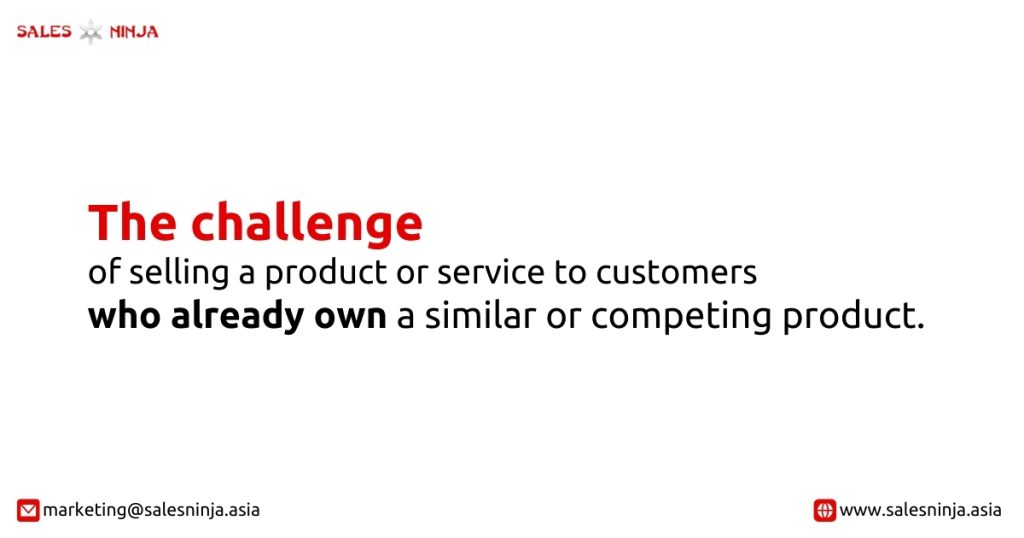
This Scenario presents a unique set of challenges
The deeper you go into this thing, the more you see this scenario has unique difficulties. I mean what problem you may face when you want to sell something to your customer which his basket has already. Without delay let’s look at that.
- Overcoming inertia: Customers may hesitate to switch from a product they already know, even if your product is objectively better.
- Justifying the investment: Customers need a compelling reason to spend money on a new product when they already have something that works (even if it’s not perfect).
- Differentiation: You need to clearly articulate how your product is different, better, or more valuable than the one the customer already owns.

Reasons Why a Customer Might Purchase a Product They Already Own
Understanding customer behavior is inherently linked to selling to customers who already own your other products. It’s really about going beyond the surface reasons that people buy a product (to make phone calls) and getting to what truly drives a person to purchase. An example might be describing how they determine what to purchase. Are they following the advice of others in their social circle? Or do they impulse buy on emotion?

So, once you know who your customer is, you can adjust your sales approach to speak to that customer. It may sound unexpected, but there are a few reasons behind it, why a customer would fancy purchasing an item that he or she already has from you, again:
-
Enhancements and Better Versions
Perhaps the model your customer has dated back a few years, and you are providing them with a new version featuring updated features, better performance, or a more evolved design. Consider how often people are upgrading their phones or computers. A customer who has a 2-year-old iPhone 12 can barely resist the new iPhone 14 which offers a significantly improved camera system with advanced features like Cinematic mode and ProRes video.
-
Wear and Tear
All products have a certain lifespan. That means the period they are expected to function or remain usable. If the product is consumable or eventually will wear out, your customer will need to replace it (even better if you sell the part that wears out!) Think of food, toiletries, cleaning supplies, ink cartridges, etc. Once the product is gone or no longer effective, the customer needs to buy a replacement. Besides, many software, services, and digital content are now offered on a subscription basis. These subscriptions typically have an expiration date, after which the customer loses access and must renew or repurchase to continue using the product.
-
Multiple Users or Uses
Some customers must have many copies of the same product for different family members, employees, or locations. Another possibility is that the product is used in multiple contexts – someone who buys a camera for their personal life might also want one for their business.
-
Loss or Damage
Accidents happen. Items may be lost, stolen, or damaged. So now they need a new one, and they are more likely to choose a brand name that feels comfortable and reliable to them.
-
Collecting
Even if your customer already owns a version of your product, they might be interested in purchasing a special edition, a limited-run color, or a variant with unique features. These items appeal to their collector’s instinct, offering them something exclusive or rare to add to their collection. Many collectors are simply passionate about a particular subject or theme (like cars, stamps, or comic books) and enjoy the thrill of the hunt and the satisfaction of completing a collection. For example, classic cars with historical significance or unique features are highly prized by collectors, who often invest in their restoration and preservation.
-
Loyalty and Trust
Imagine you have a favorite coffee shop. You love their coffee, the friendly baristas always remember your order, and the atmosphere is warm and inviting. Even though you have coffee at home, you’re still willing to pay a premium for your favorite latte at this specific shop because of the positive experience they consistently provide.
Similarly, when customers have a great experience with a brand – whether it’s due to excellent customer service, high-quality products, or a strong emotional connection – they’re more likely to return for future purchases, even if they already own something similar.
-
Marketing and Promotions
Even if a customer is happy with their current product, targeted marketing campaigns can entice them to upgrade or try a new variation. Limited-time offers, bundles or loyalty rewards can be strong motivators.
-
Changing Needs or Circumstances
A customer’s needs can change over time. Perhaps they need a larger size, a different style, or a product with additional features to meet their evolving requirements. Think about a family who purchased a smaller home that might need to upgrade to a larger one as their children grow older and require more space.
Or maybe a professional who bought a basic laptop for personal use might need a more powerful one with specialized software after getting promoted or starting a side business. In such cases, you can proactively offer solutions that align with their current situation and continue to provide value throughout their customer journey.
-
Impulse Buys
An impulse buy is a spontaneous, unplanned purchase driven more by emotion than logic. It’s that sudden urge to get something you see, even if you don’t necessarily need it or already have something similar. For instance, suppose you’re waiting in line to pay for your groceries, and a colorful display of candy catches your eye. You grab a chocolate bar, even though you weren’t planning to buy any sweets. Thus in the context of selling to customers who already own a similar product, impulse buys can be triggered.
Understanding Customer Behavior Plays a Crucial Role
Even if a customer has a product that technically works, they may still have unmet needs or are still frustrated. Knowing their behavior is helping you to find out those pain points. Are they seeking greater convenience? Improved performance? A status symbol?
You can use these insights to customize your pitch to solve their specific pain point. And create messages that speak to a specific motivation. Not one unique to only the best target segment ever, but expressed through attitudes and behaviors that resonate with all humanity everywhere, making your product irresistible.
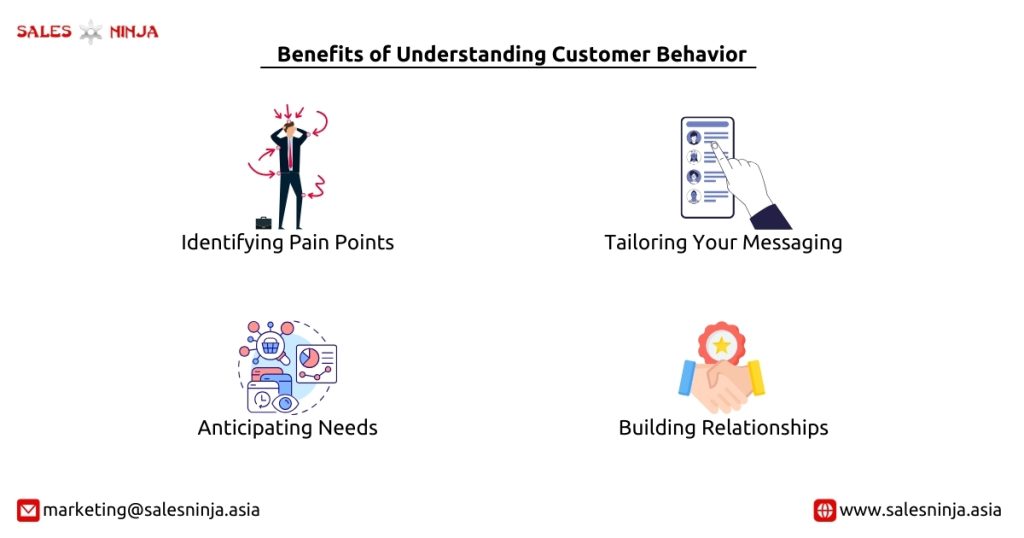
In addition, knowledge of customers’ usage patterns and feedback can also be obtained to contribute to predictive behavior. The next best offer can represent what they are likely to need or like in the future. That way, you can help, begin to upgrade, cross sell to your customers before they even realize this is a need.
When you show that you get your audience, you build trust and loyalty. This often results in repeat sales and also leads them to refer your products to others.
Strategies to Sell a Product That Already Has in Your Customers’ Bucket
As a seller, convincing customers to re-purchase or upgrade a product they already own can be challenging, but it’s doable with the right strategies. Here are some effective approaches to consider:
-
Let the Upgrades and Enhancements Shine on the No. 1 Spot
Communicate the new features, improved functionality, or better performance of the version. Highlight why these upgrades solve issues with their current model (or can fight other common problems that come up with some basic models). Case Studies highlighting specific examples of how the advanced / upgraded product has helped other customers.
-
Create a Sense of Urgency
In simpler terms, give them a reason to buy now. Offer limited-time promotions, discounts, or exclusive deals to incentivize customers to act now. Highlight any upcoming price increases or the discontinuation of older models to create a fear of missing out (FOMO).
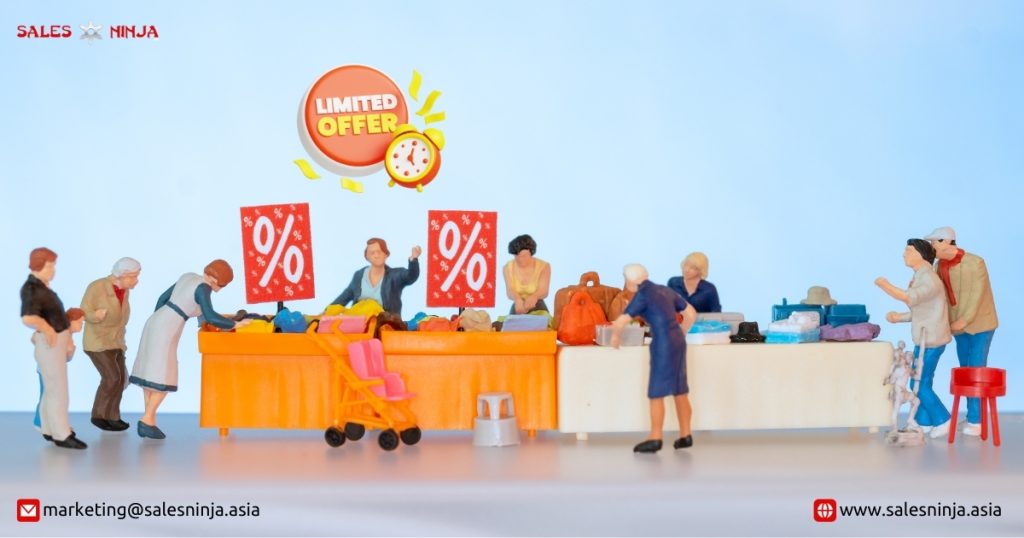
-
Offer Personalized Recommendations
Analyze customer data and purchase history to suggest specific products that align with their interests or needs. Send targeted emails or messages with personalized recommendations and exclusive offers.
-
Establish Relationships and Secure Loyalty
Move beyond just the transaction, and create true relationships with your customers. Provide excellent customer service, proactively address their concerns, and show appreciation for their loyalty. Offering a loyalty program or reward system to encourage repeat business and referrals.
-
Bundle or Cross-Sell
Provide a value-added proposition through bundled deals. Such as the combination of your product with offerings from other providers Cross-sell complementary items or add-ons. It improves the usefulness or pleasure of the product your customer has already purchased. Continue reading about cross-sales: Cross-Selling and Up-Selling in Telesales: Strategies for Growth.

-
Inventing a Necessity That Was Not Previously There
Sometimes, they probably do not even know that they want an upgrade until you point out what they are missing. An example of this can be figuring out that even though I think their current product is “good enough”, are there some latent pains or inefficiencies that they’ve just learned to live with? Motivating and informing the customer of new technologies, trends, or general fit with current solutions. They include things such as presenting a different way of seeing things. Like questioning someone’s understanding of the realm of the possible where you change the paradigm in which your product operates or present new options/problems they were not even aware of.
Closing Thought
It’s an advantage to sell a product that already has in your customers’ bucket which needs a strategic approach to leverage. If you recognize the subtleties of customer behavior, adopt a customer-centric attitude. And enacting the methods of this manual, you may discover a new supply of growth and profitability.
That means when a customer says to you, “I already own one”, don’t worry. Instead, view it as part of an opportunity to display thought leadership, differentiate the distinct value of your product, and transform a possible roadblock into a story of sales glory! Happy Sales! Book your custom Sales Training Program with Sales Ninja. Be sure to continue checking back for regular updates on sales practices and solutions and follow us on social! Please visit our website for more information on our training programs.


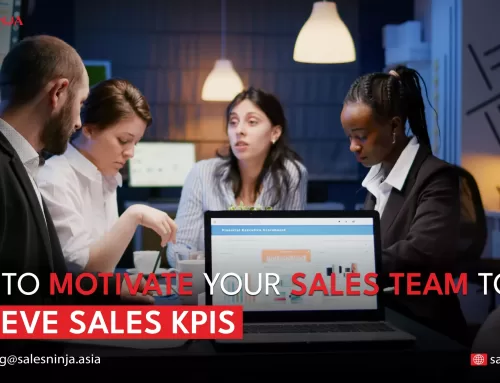


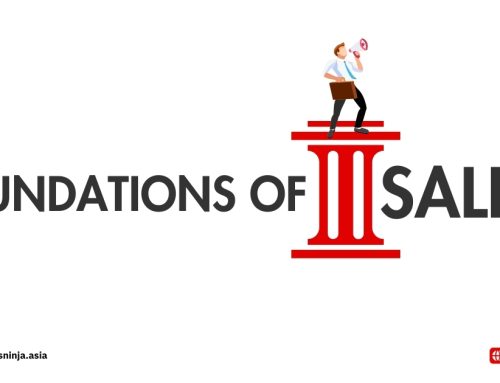
Leave A Comment